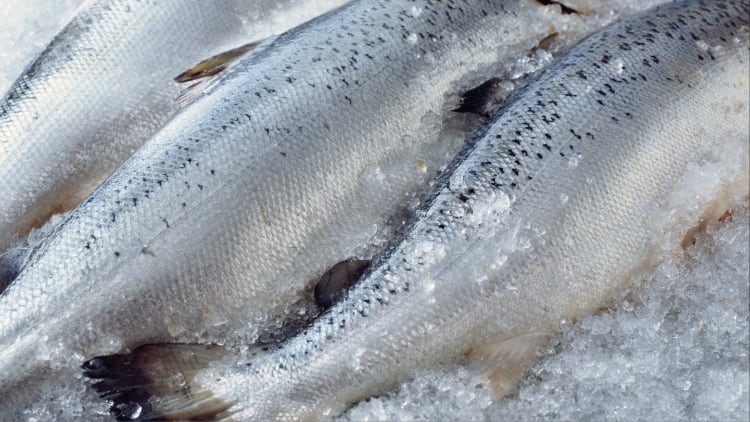The European Union (EU) is one of the largest seafood markets, known for its strong purchasing power and diverse demands. Beyond offering higher prices, the market ensures reliable demand.
“Beyond economic gains, successfully conquering the EU market also elevates the global brand of Vietnamese seafood. As one of the most demanding markets, the EU serves as a credibility test – once passed, it significantly boosts the reputation of Vietnamese products and paves the way for entry into other high-end markets.
“The EU remains a vital and promising destination. If leveraged effectively, it can serve as a powerful driver for the long-term sustainable growth of Vietnam’s seafood industry,” saidVietnam’s Ministry of Agriculture and Environment (MAE) in a report.
This is especially so with the EVFTA, which gave Vietnamese firms an edge with reduced tariffs or none at all.
According to the Vietnam Association of Seafood Exporters and Producers (VASEP), EU exports only account for 12% to 15% of Vietnam’s total export value, signalling a major runway for growth.
Stringent barriers to overcome
However, the EU market has remained elusive for many of Vietnam’s seafood companies.
Most notably, the illegal, unreported, and unregulated (IUU) yellow card imposed by the European Commission on Vietnam’s wild-caught seafood has directly affected export.
It has required strict requirements for traceability records, proof of legal catch, and food safety certifications – all of which must be done at additional costs to businesses.
More damaging than higher costs and reduced competitiveness, the IUU yellow card has tarnished the international reputation of Vietnamese seafood.
MAE emphasised the importance of green practices, noting that the EU’s strict standards on quality, food safety, antibiotic residues, and sustainability.
These reflect the priorities of European consumers.
“European consumers care deeply about the origin, sustainability, and transparency of seafood products,” said Julien Guerrier, EU Ambassador to Vietnam.
A green way forward
MAE said for Vietnam’s seafood industry, “a green and sustainable development trajectory has become the only viable path forward”.
In order to secure the EU market, businesses must be prepared to invest continuously in technology, supply chain management, and compliance with international norms.
The ministry said key priorities include strengthening fisheries management, completing vessel monitoring systems, assigning farming area codes, and building transparent value chains from harvesting and aquaculture to processing and export.
It added that it was working closely with coastal localities to accelerate the lifting of the EU’s IUU yellow card.
“The EU is ready to support Vietnam in improving its management system, but Vietnam must demonstrate strong determination in combating IUU fishing,” said Guerrier.
MAE highlighted the steps that the Vietnamese seafood industry has taken to evolve, this included circular shrimp farming, wastewater treatment technologies, and utilizing seafood by-products to create value-added products.
These initiatives do not just help Vietnam overcome trade barriers, but set the road for long-term growth and improve the reputation of Vietnamese seafood.
MAE encouraged firms to invest in modern technology, expand value-added processing, and align with the rising demands of the EU market.
It also advocated for registering trademarks, geographical indications, and sustainability certifications.
“With its immense potential and strong support from the government, ministries, and the business community, Vietnam’s seafood sector holds great prospects for securing a sustainable foothold in the EU. Yet, significant challenges remain: lifting the IUU “yellow card”, meeting increasingly rigorous standards, and accelerating the transition toward greener and more transparent production models,” said MAE.
It concluded: “If these barriers are overcome, not only will the EU market expand, but other high-demand global markets will also become more accessible to Vietnamese seafood.”





